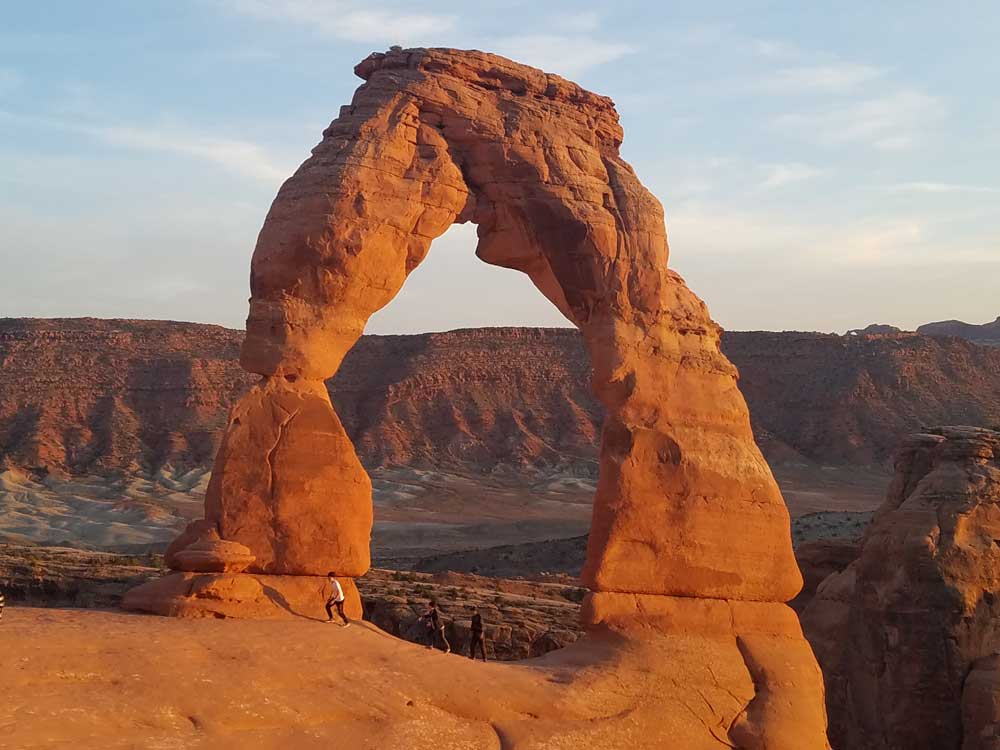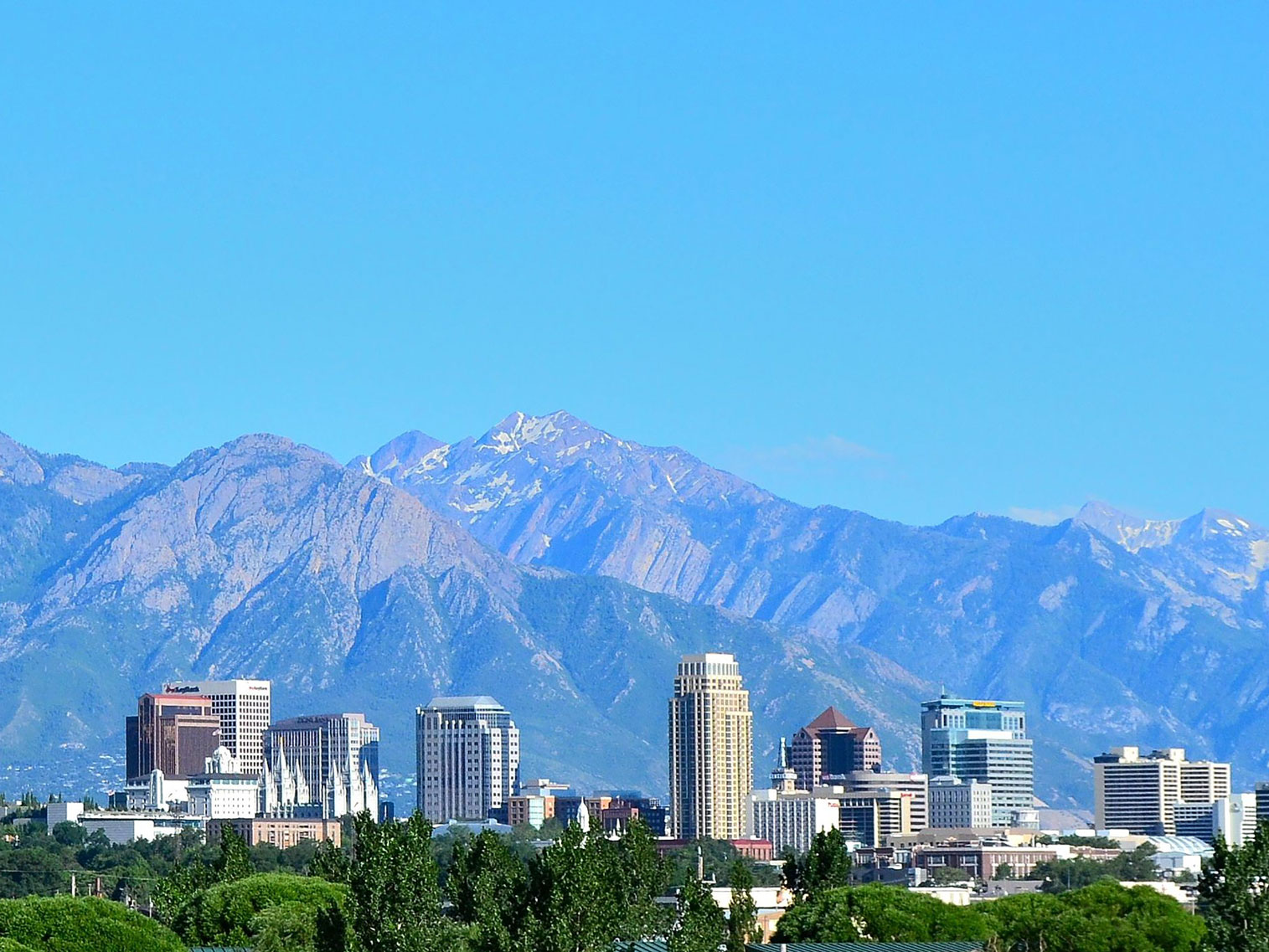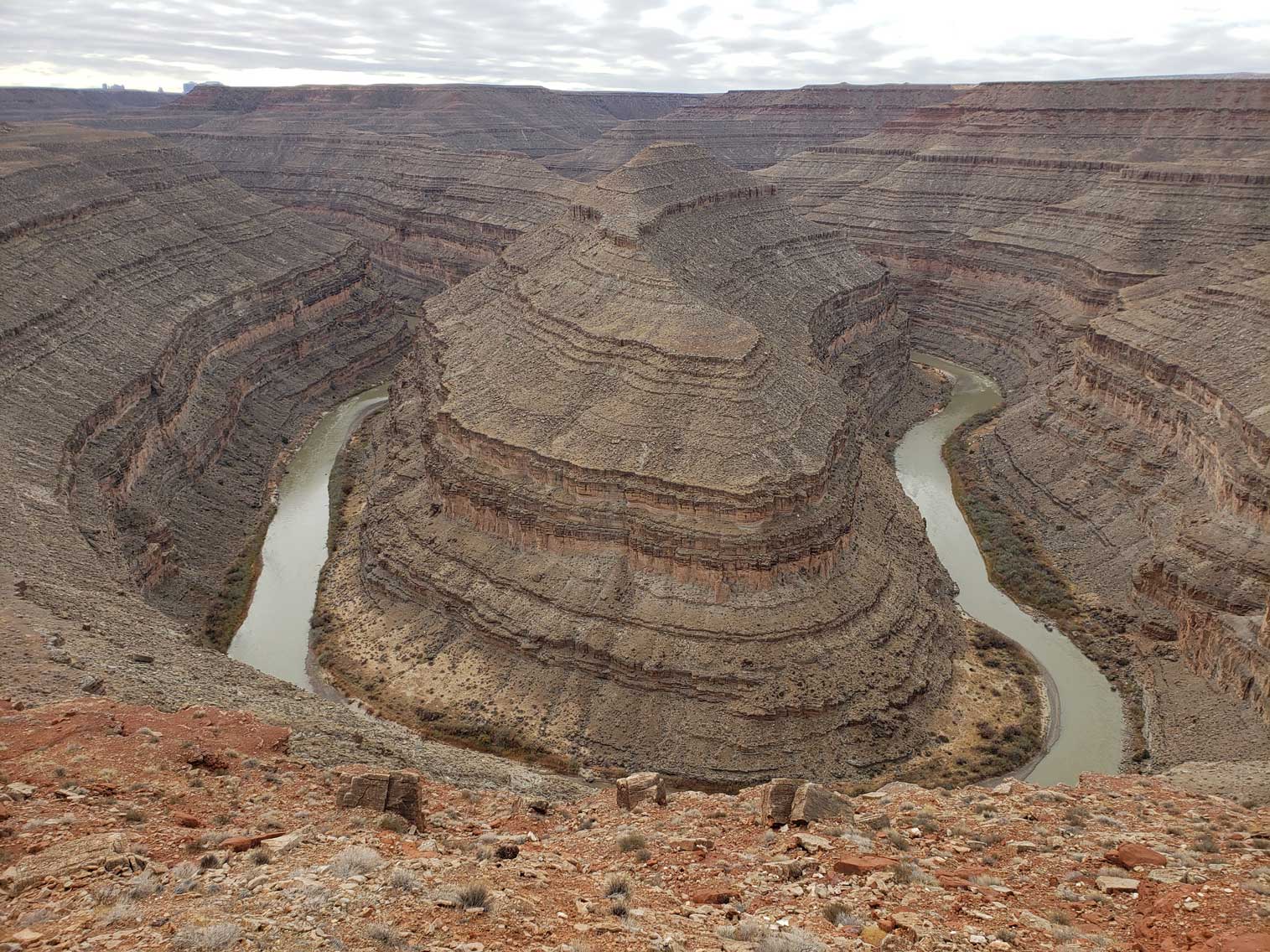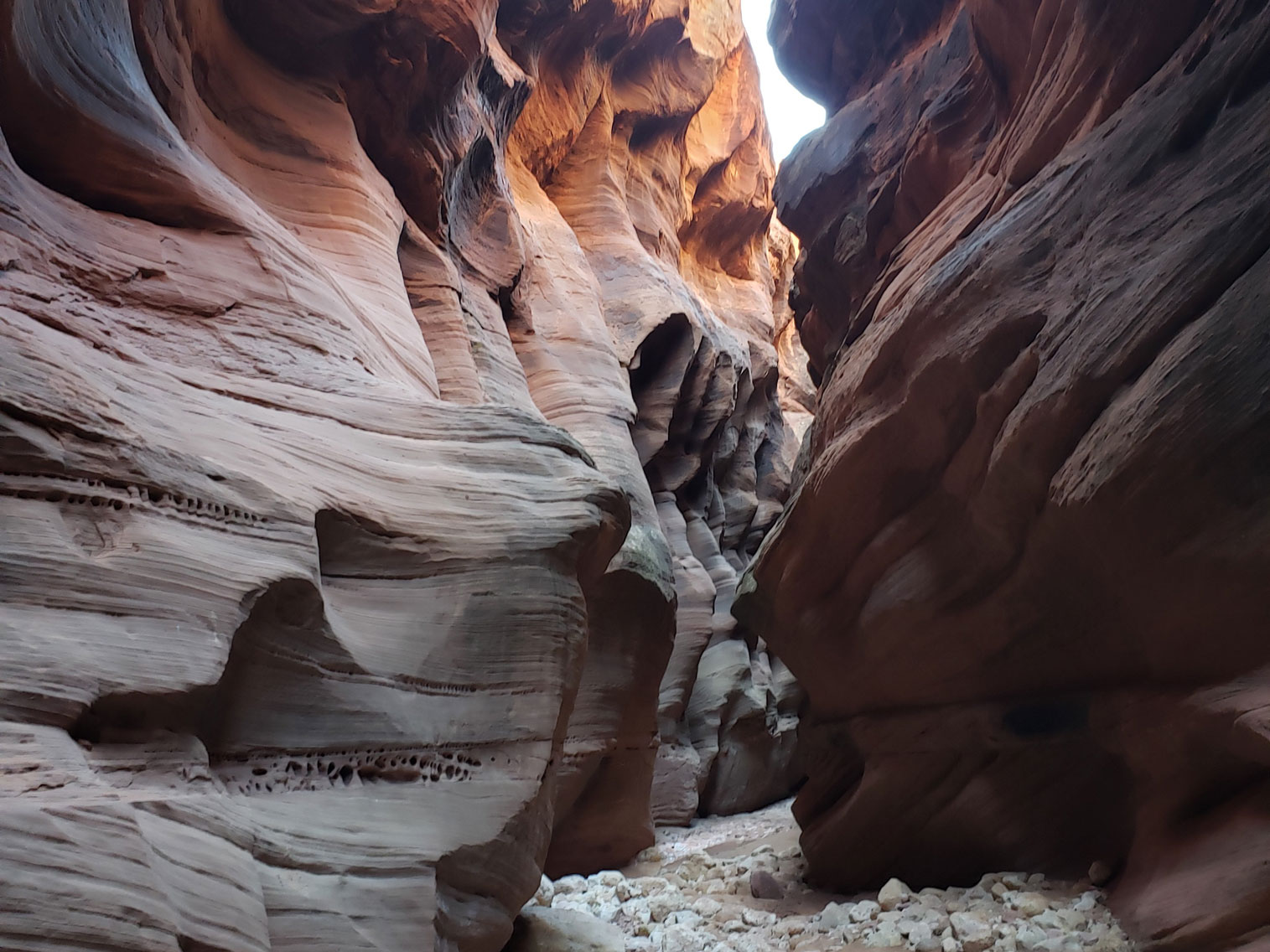Utah Travel Guide
State known for its five national parks, 8 national monuments, numerous state parks and monuments, ski resorts, and its capitol city, Salt Lake City
Utah Map
Places to See in Utah

Delicate Arch, Arches National Park

Salt Lake City, UT
Garrett from Salt Lake City, CC BY 2.0, via Wikimedia Commons; Image Size Adjusted
-1000.jpg)
Bonneville Salt Flat
Fabio Achilli from Milano, Italy, CC BY 2.0, via Wikimedia Commons; Image Size Adjusted
Landmarks and Landscapes
Bonneville Salt Flats · Cedar Breaks National Monument · Factory Butte · Fisher Towers · Forrest Gump Point · Golden Spike National Historical Park · Grand Staircase Escalante · Grosvenor Arch · Kings Peak · Moki Dugway · Paria · Red Cliffs National Conservation Area · Utah State Route 12 · Valley Of The Gods
Goosenecks State Park
Utah State Parks
Antelope Island · Coral Pink Sand Dunes · Dead Horse Point · Goblin Valley · Goosenecks · Kodachrome Basin · Quail Creek · Sand Hollow · Snow Canyon
Buckskin Gulch
Slot Canyons
Utah Slot Canyons · Buckskin Gulch · Kanarra Falls · Little Wild Horse · Paria River · Wire PassA slot canyon is a narrow canyon that is formed from water rushing through rock. What starts off as a tiny crack steadily grows larger from repeat flash floods and erosion over millions of years. The end result is a narrow canyon with very high walls.
Overview
With five national parks (Arches, Bryce Canyon, Canyonlands, Capitol Reef, and Zion), Utah has the third most national parks of any state after Alaska and California. In addition, Utah features eight national monuments (Cedar Breaks, Dinosaur, Grand Staircase-Escalante, Hovenweep, Natural Bridges, Bears Ears, Rainbow Bridge, and Timpanogos Cave), two national recreation areas (Flaming Gorge and Glen Canyon), several national forests (Ashley, Caribou-Targhee, Dixie, Fishlake, Manti-La Sal, Sawtooth, and Uinta-Wasatch-Cache), and numerous state parks and monuments.
The Moab area, in the southeastern part of the state, is known for its challenging mountain biking trails, including Slickrock. Moab also hosts the famous Moab Jeep Safari semiannually.
Utah has seen an increase in tourism since the 2002 Winter Olympics. Park City is home to the United States Ski Team. Utah's ski resorts are primarily located in northern Utah near Salt Lake City, Park City, Ogden, and Provo. Between 2007 and 2011 Deer Valley in Park City, has been ranked the top ski resort in North America in a survey organized by Ski Magazine.
Utah features many cultural attractions such as Temple Square, the Sundance Film Festival, the Red Rock Film Festival, the DOCUTAH Film Festival, the Utah Data Center, and the Utah Shakespearean Festival. Other attractions include Monument Valley, the Great Salt Lake, the Bonneville Salt Flats, and Lake Powell.
Slightly over half of all Utahns are Mormons, the vast majority of whom are members of The Church of Jesus Christ of Latter-day Saints (LDS Church), which has its world headquarters in Salt Lake City; Utah is the only state where a majority of the population belongs to a single church. The LDS Church greatly influences Utahn culture, politics, and daily life, though since the 1990s the state has become more religiously diverse as well as secular.
Utah is known for its natural diversity and is home to features ranging from arid deserts with sand dunes to thriving pine forests in mountain valleys. It is a rugged and geographically diverse state at the convergence of three distinct geological regions: the Rocky Mountains, the Great Basin, and the Colorado Plateau.
In the state's northeastern section, running east to west, are the Uinta Mountains, which rise to heights of over 13,000 feet (4,000 m). The highest point in the state, Kings Peak, at 13,528 feet (4,123 m), lies within the Uinta Mountains.
At the western base of the Wasatch Range is the Wasatch Front, a series of valleys and basins that are home to the most populous parts of the state. It stretches approximately from Brigham City at the north end to Nephi at the south end. Approximately 75 percent of the state's population lives in this corridor, and population growth is rapid.
Western Utah is mostly arid desert with a basin and range topography. Small mountain ranges and rugged terrain punctuate the landscape. The Bonneville Salt Flats are an exception, being comparatively flat as a result of once forming the bed of ancient Lake Bonneville. West of the Great Salt Lake, stretching to the Nevada border, lies the arid Great Salt Lake Desert.
Much of the scenic southern and southeastern landscape (specifically the Colorado Plateau region) is sandstone, specifically Kayenta sandstone and Navajo sandstone. The Colorado River and its tributaries wind their way through the sandstone, creating some of the world's most striking and wild terrain (the area around the confluence of the Colorado and Green Rivers was the last to be mapped in the lower 48 United States). Wind and rain have also sculpted the soft sandstone over millions of years. Canyons, gullies, arches, pinnacles, buttes, bluffs, and mesas are the common sight throughout south-central and southeast Utah.
This article uses material from the Wikipedia article "Utah", which is released under the Creative Commons Attribution-Share-Alike License 3.0